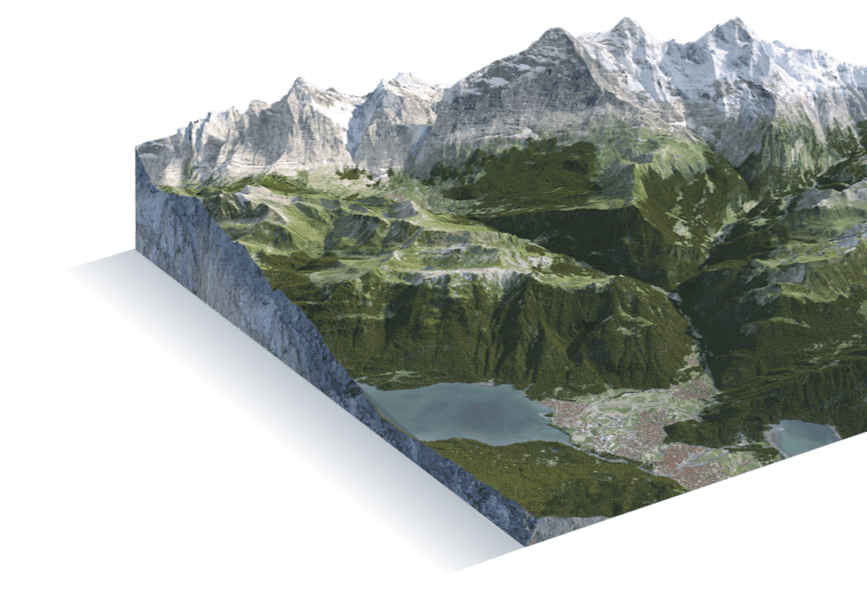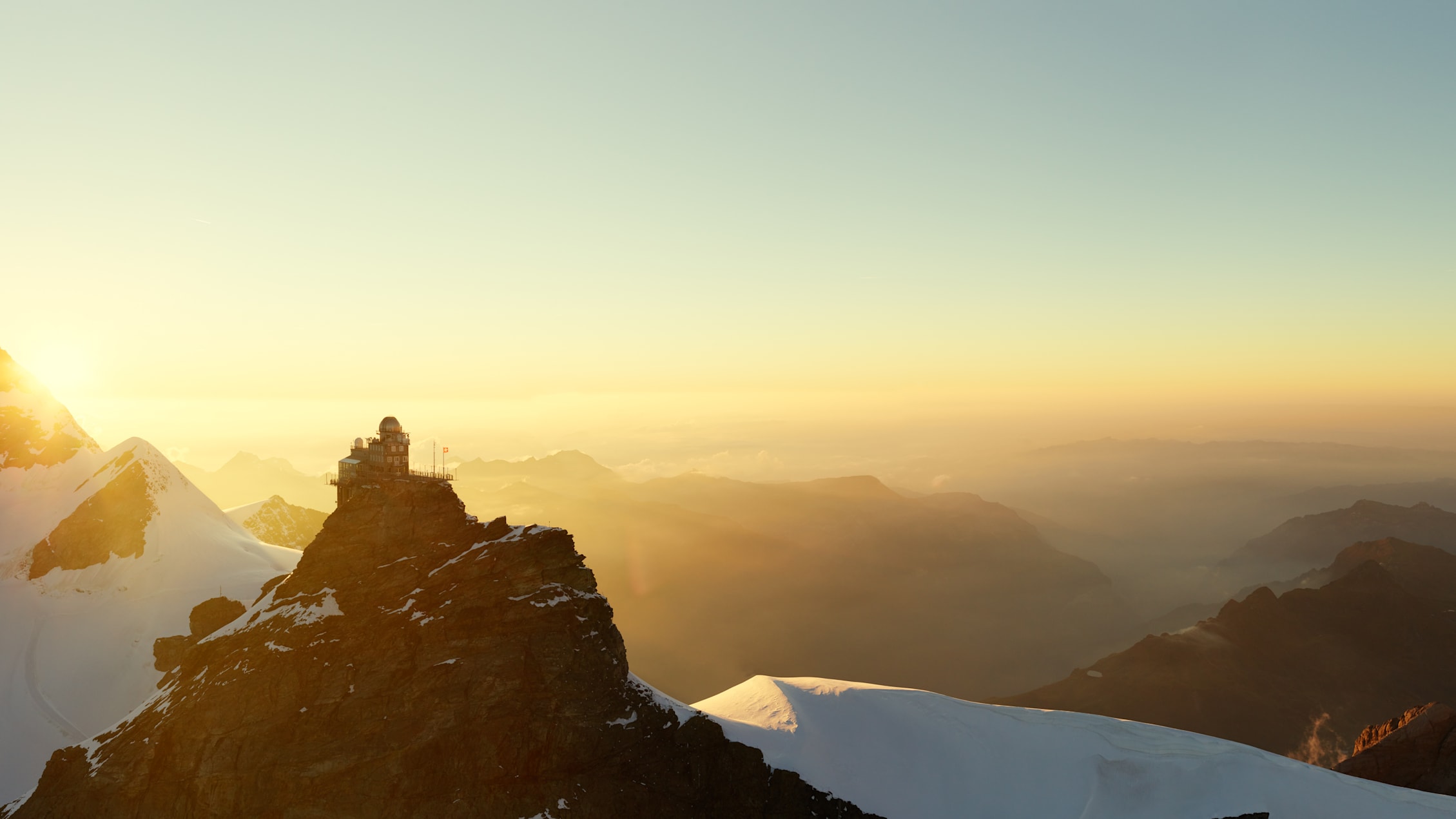Martin Fischer also enjoys the view, yet it is a part of his job. The manager of the Jungfraujoch research station reports to MeteoSwiss, the Federal Office of Meteorology and Climatology, five times each day on visibility, cloud types and altitude or possible precipitation. His observations form part of the weather forecast.



